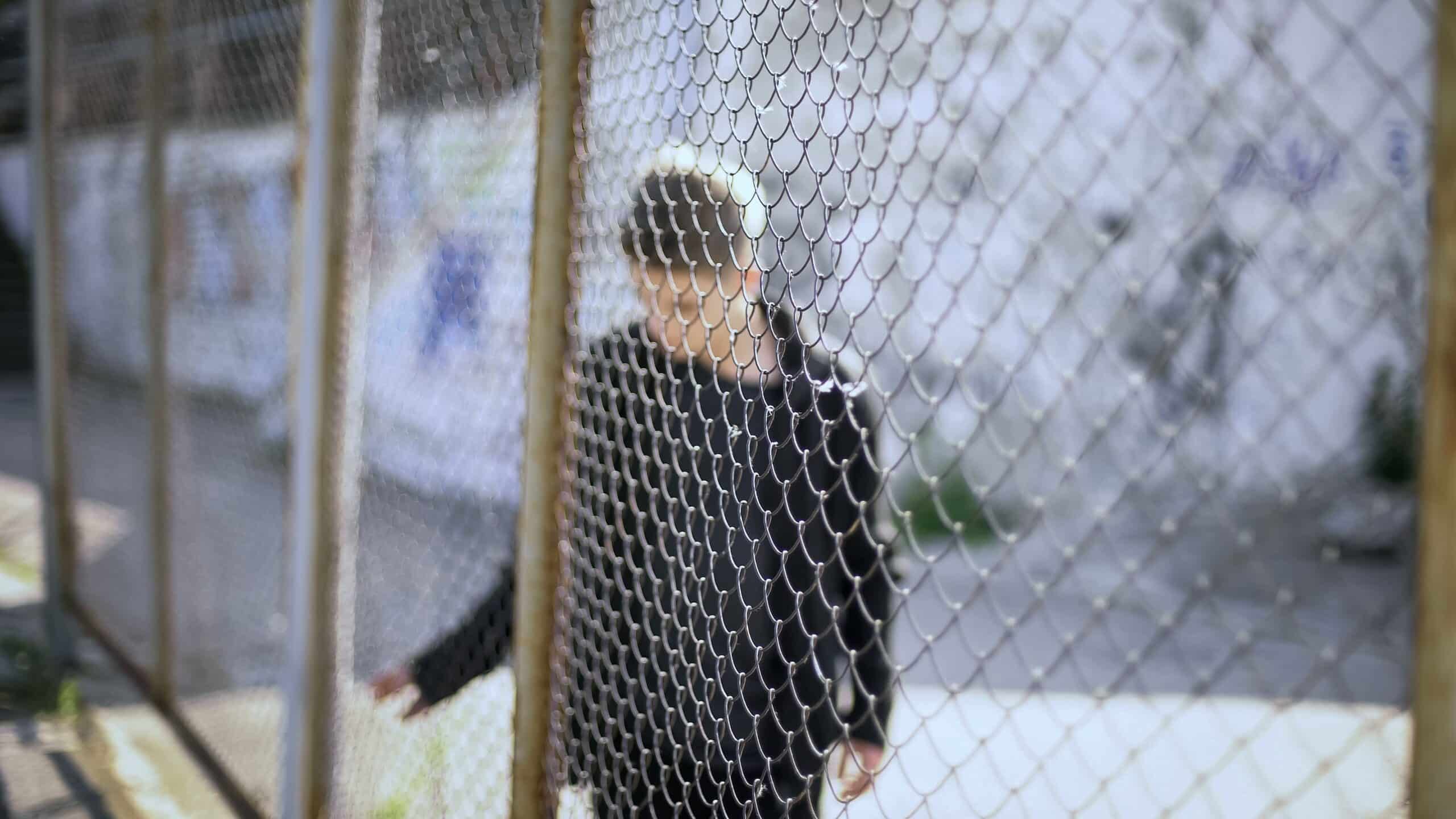Share This Article
By Sahar Adatia and Jimmy Singh.
It is common knowledge that graffiti vandalism is an illegal act that has not only plagued society for years, but also continued to generate widespread concern amongst Australian communities.
While most people don’t understand the extent of its ramifications upon society, the impact of graffiti vandalism is vast and palpably conflicts with state and territory governments, local government, police, public transport providers, young people and local communities. In fact, according to the Keep Australia Beautiful organisation, in NSW alone, the illegal act costs local government and property owners more than $300 million each year. Indeed, the negative impacts go beyond the financial costs too, with research suggesting that graffiti can also be detrimental to community perceptions of safety and public amenity.
More worryingly, the Australian Institute of Criminology highlights that graffiti vandalism is not limited to its offenders. While the illegal act is most commonly conducted by males aged between 12-25 years and peaking at the ages of 15 and 16, it is equally committed by those across all social backgrounds and is not exclusive to lower socio-economic classes.
Adelaide Pristine Coastline Attacked by Vandals
A recent graffiti offence that found its way in media headlines and caused momentous outrage situates itself on the pristine Adelaide coastline on the cliffs between Marino Rocks and the geologically significant Hallett Cove Conservation.
In the middle of October, the cliffs were vandalised with elaborate tags in bright colours, spanning eight metres by three metres. In fact, so extensive and gaudy was the graffiti that it could be seen kilometres off the coast by those wandering the shoreline.
According to local resident, Ian Blake, who snapped photos which were shared on social media, the incident caused severe outrage because the area – accessible via a steep staircase – is “such a pristine coastline unique to the world”.
“I was about 1km away from it and I could see something blue on the cliff, near the base where the tide doesn’t quite come up,” he said
“People go down and wander around on the rocks… it’s a complete eyesore on this part of the coastline.”
Speaking of the offenders, he inferred that they came down from one of the areas with their cans and vandalised the cliffs.
“The walkway is used by lots of people, interstate visitors, people from overseas, and there’s probably three or four spots where you can enter onto the rocks.”
Cleaning Up the Act: Council’s Concern Over ‘Narcissistic’ Act
City of Marion Mayor Kris Hanna described the act as “narcissistic” and expressed concern of how the graffiti could be removed given it wasn’t feasible to get high-pressure hose equipment onto the site. A “biodegradable substance” was hence proposed.
“If it can’t be removed with such chemicals, it will be painted over, obviously rock colour,” he said.
He also said the graffiti’s removal would cost about $500 in addition to the time given by council staff, however the priority would be to get rid of it, so narcissists are not “going to be rewarded by having their work up there very long.”
The adjacent rock formations at Hallett Cove Conservation Park are approximately 600 million years old and deemed among the best testimonies of Permian glaciation in the nation. As such, the target of such an environmental site sparked unyielding outrage from all members of the community.
Inaccessible Location of Cliff Calls for Disguise with Paint
Due to the inaccessible location at the bottom of the cliff, the City of Marion council deemed the area unable to accommodate graffiti removal equipment. Instead, they decided a rock-coloured paint would be used to disguise the tags.
Two coats of paint were needed to conceal the bright colour of the graffiti, the second coat of which was blended to match the colour of the rock face.
According to chief executive officer Adrian Skull, the job would cost the council between $600 and $750.
“We asked a contractor if they could do it, but because of the access issues, they gave us a ridiculous quote of over $3,000, so we used our own labour,” CEO Skull said.
Graffiti in Conservation Area “A Pretty Ugly Thing”
Speaking of the incident of graffiti vandalism, Mr Skull said it was huge and would have taken the tagger a long time to finish.
He also said the council receives complaints about such acts wherever it takes place, however this piece incited the most objections than usual because of its location beside a pristine conservation park.
“It’s a conservation area and it’s beautiful,” he said.
“This was a pretty ugly thing and quite a few people were not happy about it.”
The Problem of Graffiti in Australia
Graffiti, or the act of marking other people’s property with writing, symbols or graphics without their consent, is illegal in Australia and a persistent problem especially in urban areas. This is largely because graffiti is not a simple or homogenous phenomenon – there are various types of graffiti and each type has distinguishable profile, each of which are prolific in production.
For example, as the case of Adelaide’s Hallett Cove Conservation vandalism brings to attention, “tagging”, which is typical of hip-hop graffiti, is mostly characterised by large mural paintings. It generally involves scripting a pseudonym on considerable surfaces such as walls, fences and even public transport facilities. It is the most visible form of graffiti and thus generally considered the most prevalent type.
According to the NSW Parliamentary Research Service, the harm caused by graffiti to the community ranges from property damage to fear of crime, and thus this is the main focus for state and local government in tackling the issue. Akin to other types of petty crime, its existence is entrenched, hence government initiatives tend to focus on controlling the problem rather than eradicating it.
The Incidence of Graffiti in NSW
According to Crime Prevention NSW, in the five-year period from 20011 to 2016, NSW Police recorded a total of 40,317 incidents of graffiti, with the average number of incidents per year standing at 8,063.
Of these, males represented 88.9 percent of all people proceeded against.
In the 2015-2016 financial year, of the incidents recorded, 26.8 percent were committed on residential dwellings, followed by 19.7 percent on public transport, 18.6 percent on business/commercial places, and 15.3 percent on outdoor/public places.
Meanwhile, the top five graffiti hotspots – those Local Government Areas with the highest number of recorded incidences of graffiti – included: Wyong (399 incidents), Lake Macquarie (353 incidents), Sydney (350 incidents), Sutherland Shire (335 incidents), and Blacktown (309 incidents).
The Law on Graffiti Vandalism in NSW
In NSW, graffiti is a criminal offence under the Graffiti Control Act 2008 (NSW), which is a specific anti-graffiti legislation with the aim of reducing the amount of graffiti. It is also implemented to deter people from marking buildings, public transport and other public places.
Under section 4 of the Graffiti Control Act 2008 (NSW), a person guilty of marking a premises or property can face a penalty of up to $2,200 and/or 1 year imprisonment if:
- The marking is done intentionally; and
- There was no consent from the owner of the premises or property that was marked on; and
- Either one of the following applies:
- A graffiti implement was used for marking the premises or property. This includes, spray paint, maker pen, or anything designed to produce a mark that’s not readily removable by wiping it (or by use of water or detergent); or
- The marking was done in such a manner that it isn’t readily removable by wiping it (or by using water or detergent).
A Magistrate or Judge cannot impose an imprisonment sentence on an offender for this offence unless:
- He/she has been previously convicted of this offence (or an offence under section 5 of possessing a graffiti implement); and
- Where the Magistrate or Judge is satisfied that the offender is a serious and persistent offender and likely to re-offend.
However, where the marking is done in a manner that the mark is readily removable by either wiping it (or by using water or detergent), or where the marking was done without the use of a graffiti implement, then the maximum penalty that applies is a fine of up to $440. There is no imprisonment for this.
Defences to Graffiti Charges of Marking Premises or Property in NSW
A person faced with a graffiti charge of marking premises or property in NSW will have the charge dismissed if any one of the following defences apply:
- The person accused was acting under duress or necessity.
- If the marking was on a public footpath or pavement with chalk.
- If the marking was on a public footpath or pavement with a chalk to mark out a hopscotch or handball court.
In addition to this, a person guilty of having a graffiti implement in his/her possession with the intention to use it to mark a premises or property in breach of section 4 of the Graffiti Control Act 2008 (NSW) outlined above will face a penalty of up to $1,100 and/or 6 months imprisonment under section 5 of the Graffiti Control Act 2008 (NSW).
In addition to the above penalties, a person guilty of any of the above 2 offences can also face an additional penalty of having his/her L or P plate driver licence extended for up to 6 months under section 13B of the Graffiti Control Act 2008 (NSW).
Intentionally or Recklessly Destroy or Damage Property Charges From Graffiti Vandalism
Graffiti vandalism by way of marking surfaces can also result in criminal charges of intentionally or recklessly destroy/damage property. This attracts a penalty of up to 5 years imprisonment and a criminal conviction (section 195 of the Crimes Act 1900 (NSW)).
A person can be guilty of damaging property on public places if the graffiti renders the property “imperfect or inoperative”. A surface can be considered “imperfect” for example, if the graffiti causes expense and inconvenience to the local authority to get rid of the graffiti.
Expense to remove the graffiti is not always necessary to constitute the property that has been painted or marked on as “imperfect”.
In the case of Zischke (1982) Qd. R. 240, political slogans were painted on the surface of footpaths, walls and buildings in public areas. The offender was found guilty of damaging property because the painting/markings on those properties rendered it ‘imperfect’.
Damage can therefore occur even if the marking on the property is temporary or capable of being removed.
For more information on this, see our previous blog on what constitutes ‘damage’ under the law?.
Any questions arising from this blog? We appear in all courts and are available 24/7 for advice and guidance. We have senior criminal lawyers in Wollongong, Penrith, Bankstown and Parramatta.









